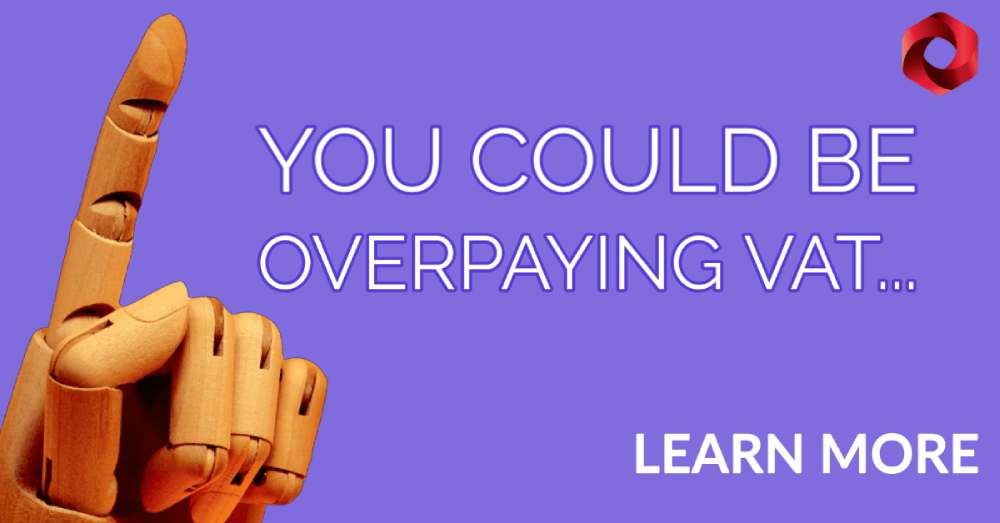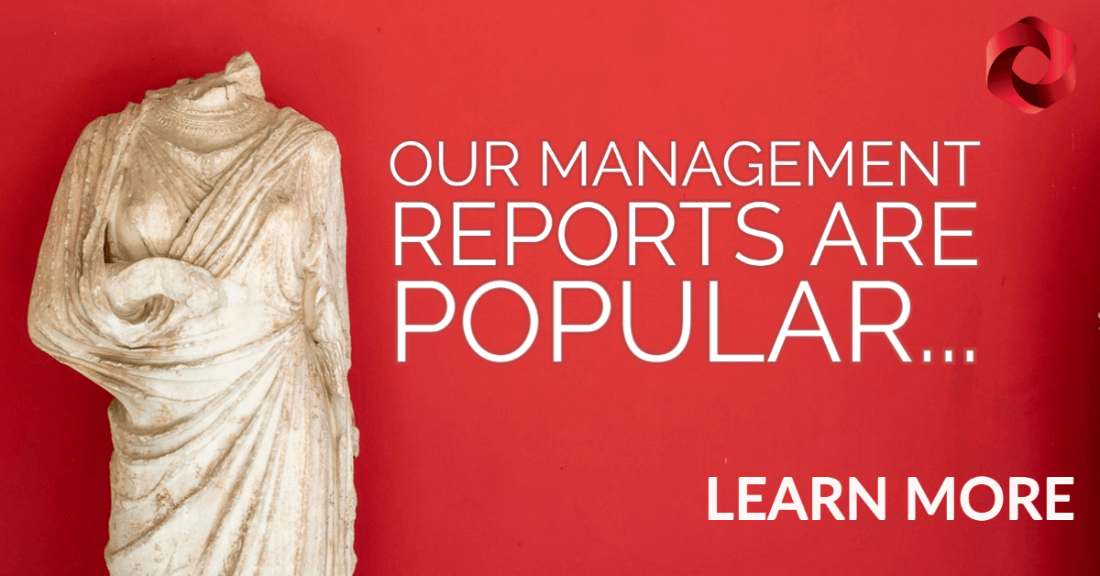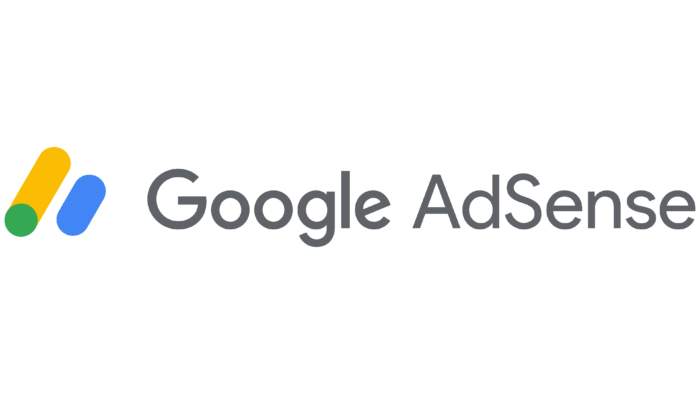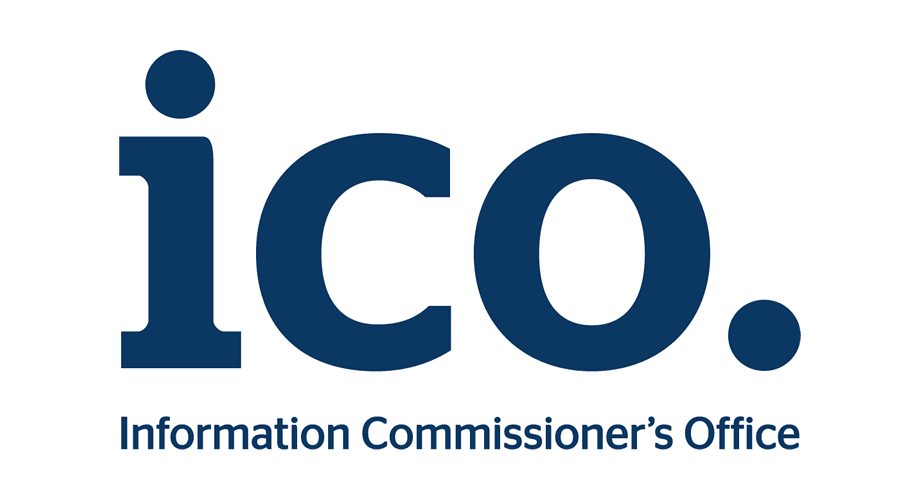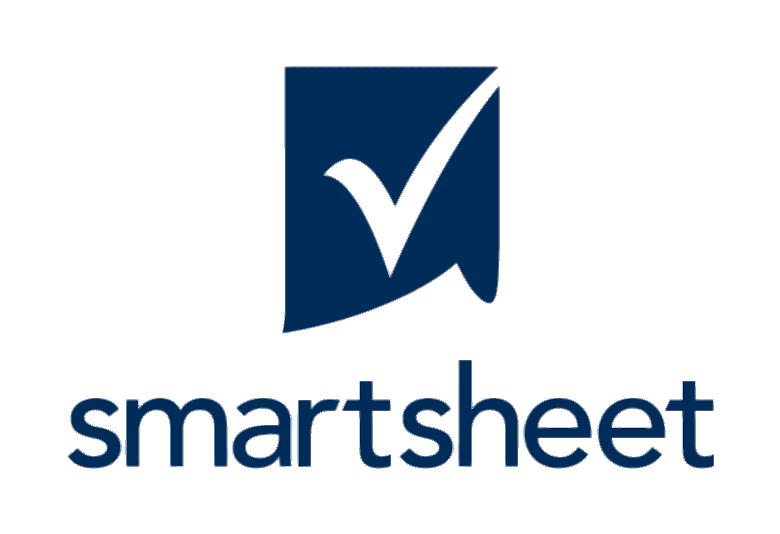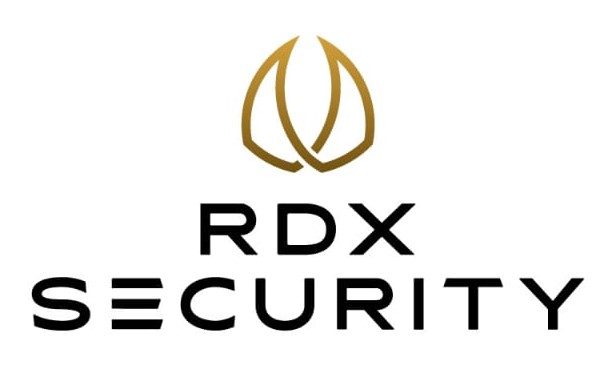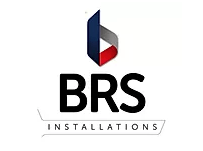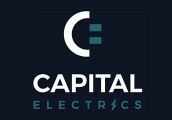Tax for Influencers / Content Creators
- October 2024
- 4 minutes
Social media influencing has blown up! Loads of folks are turning their hobbies into paying gigs on YouTube, Instagram, and other platforms. With creative personal branding, they’re guiding their followers toward products and services. It’s not just a hobby anymore; it’s a legit way to make a living.
These platforms have made it easier than ever for entrepreneurs and creatives to connect with their audiences and make money. But here’s the thing—this income is taxable income. Without proper tax advice, many influencers might not realise they need to report their earnings, which can lead to legal trouble and fines.
When you are starting out, based on your level of earnings, it is probably easier to work as a self employed individual instead of a limited company (seek professional advice). When it comes to taxes, trading as a social influencer means you’ll need to:
- Register as self-employed with HMRC and start filing annual tax returns.
- Pay National Insurance Contributions (NICs) – specifically, class 2 and class 4 NICs, though class 2 NICs will become voluntary from April 2024 after the 2023 Autumn Statement announcement.
You’ll also need to maintain accurate business records to justify any claimed business expenses, especially during a tax audit. Advisors should consider broader issues influencers might face. For example, if an influencer earns around £5,000 – £6,000 per year from their trade (with no other income), it might still be important to discuss class 2 NIC contributions. This ensures they qualify for a state pension in the future.
As a self-employed influencer, you can deduct various expenses from your tax bill if they are directly related to your work.
 Business expenses/write offs:
Business expenses/write offs:
- Software: Costs for tools like email marketing software or image editing programs.
- Marketing Activities: Expenses for paid advertising, giveaways, and other promotional activities.
- Travel Expenses: Costs for airfare, train tickets, or petrol when travelling to different work locations, such as photoshoots or blog reviews. This doesn’t cover trips to your regular workplace.
- Accommodation: Hotel expenses when you’re working away from home and your usual work location.
- Music Licenses and Purchases: Fees for music used in your social media posts.
- Non-Gifted Purchases: Items you buy specifically to review (as long as they aren’t used for personal purposes).
Keeping detailed records of these expenses will help you justify them if needed.
Influencers and content creators with large followings can earn money in various ways. Brands often pay big bucks or offer free products for reviews, endorsements, and posts.
 Taxable sources of income for influencers:
Taxable sources of income for influencers:
- Sponsored Posts and Brand Collaborations: Brands pay influencers to promote their products or services.
- Advertising Revenue: Income from ads displayed on platforms like YouTube and TikTok.
- Affiliate Marketing: Commissions from promoting products through unique affiliate links.
- Merchandise Sales: Earnings from selling branded merchandise or digital products.
- Subscriptions and Fan Donations: Income from platforms like Patreon or OnlyFans, where followers pay for exclusive content.
- Event Appearances and Public Speaking: Fees for attending events or speaking engagements.
While some of these income streams are easy to calculate, others, like gifts and non-cash benefits, can be more challenging to measure.
 What taxes do they need to pay?
What taxes do they need to pay?
In the UK, if you earn more than £12,570 a year, you’ll need to pay income tax on anything above this amount. The personal allowance is available each tax year and can be extended by the trading allowance, which allows you to earn up to an additional £1,000 tax-free.
Once you exceed this amount, your earnings will be taxed at different rates:
- Basic Rate: 20% for earnings between £12,571 and £50,270.
- Higher Rate: 40% for earnings between £50,271 and £125,140. Plus, once you earn £100,000 or more, you’ll lose £1 of your personal allowance for every £2 over this threshold.
- Additional Rate: 45% for earnings over £125,141. At this level, you won’t have any tax-free personal allowance left.
Remember, these rates apply only to the income within each bracket. For example, if you earn £80,000 a year, £37,700 will be taxed at 20% (the difference between £50,270 and £12,570), and £29,730 will be taxed at 40% (the difference between £80,000 and £50,270). So, your total income tax bill for the year would be £19,292.
National Insurance (NI) is a form of tax collected to fund state benefits, like the state pension. There are four different classes of NI, which depend on your employment status and earnings:
- Class 1 NI: Paid by employees and employers when an employee earns over £242 a week.
- Class 2 NI: Applied to self-employed workers if their profits are between £6,725 and £12,570 a year. No physical payment is needed, as it’s considered paid.
- Class 4 NI: Kicks in for self-employed individuals earning over £12,570 a year.
- Class 3 NI: Voluntary contributions made by those who aren’t working.
If you’re self-employed and earning under £6,725, you might want to make voluntary Class 2 NI contributions to stay eligible for the state pension. Influencers, depending on their status, will likely pay either Class 1 NI (if employed) or both Class 2 and Class 4 NI (if self-employed).
 What about VAT?
What about VAT?
If you’re a content creator making £90,000 or more per year, you’re required to register for VAT. Even if you earn less, you have the option to register voluntarily. Once registered, you’ll need to add VAT to your service charges. For instance, if you charge £200 for a sponsored post, you should invoice £240, with £40 going to HMRC.
Being VAT registered allows you to reclaim VAT on business-related expenses. You’ll also have to submit a quarterly VAT return under the Making Tax Digital (MTD) rules.
 Use of a Limited Company
Use of a Limited Company
As your business grows, it would make sense to consider using a limited company to trade instead of yourself. We manage this transition for you and end your self employment with HMRC and replace it with Limited company trading. Using a limited company comes with a lot more responsibilities and costs. However, the tax savings are enough to justify this cost if you are at least earnings more than £50,000 a year. You can take dividends out of a company and pay a reduced rate of tax on it. However, dividends can only be paid after paying corporation tax. Therefore, it is important to consider the corporation tax when calculating your overall taxation cost.
 Working out tax on dividends
Working out tax on dividends
How much tax you pay on dividends above the dividend allowance depends on your Income Tax band.
- Basic rate – 8.75%
- Higher rate – 33.75%
- Additional rate – 39.35%
You also get £500 worth of dividends tax free (dividend allowance) for the tax year 6 April 2024 to 5 April 2025.
 Reports and Tax Returns Required
Reports and Tax Returns Required
- Annual Financial Statements (Accounts)
- Deadline: 9 months after the end of the financial year for private companies.
- Purpose: To provide an overview of the company’s financial health, including a balance sheet and profit and loss account.
- Where to File: Companies House.
- Confirmation Statement (CS01)
- Deadline: Every 12 months.
- Purpose: To confirm and update key details about the company, including directors, registered address, and shareholding.
- Where to File: Companies House.
- Corporation Tax Return (CT600)
- Deadline: 12 months after the end of the accounting period (usually the company’s financial year-end).
- Purpose: To report the company’s income, expenses, and calculate the corporation tax due.
- Where to File: HMRC.
- VAT Returns (if VAT-registered)
- Deadline: Quarterly or monthly, depending on the company’s VAT scheme.
- Purpose: To report VAT collected on sales and VAT paid on purchases, with the difference paid or reclaimed.
- Where to File: HMRC.
- PAYE and National Insurance (NI) Returns (if employing staff)
- Deadline: Monthly or quarterly for PAYE payments, with an annual return summarizing contributions.
- Purpose: To report tax and NI contributions for employees.
- Where to File: HMRC.
- Employer Annual Return (P11D)
- Deadline: 6 July each year.
- Purpose: To report benefits in kind provided to employees and directors.
- Where to File: HMRC.
- Self-Assessment Tax Return (if director receives personal income or dividends)
- Deadline: 31 January each year (online filing).
- Purpose: To report any personal income or dividends received as a director.
- Where to File: HMRC.
- Dividend Documentation
- Requirement: Whenever dividends are issued, the company must prepare dividend vouchers and hold board meetings to approve the dividends.
- Purpose: To formally record and approve dividend payments to shareholders.
- Where to File: Keep for company records (not filed, but HMRC may request if audited).
We help taxpayers in the UK to ensure compliance with HMRC – It is a legal responsibility. If you need help in submitting your annual Tax reports, please do feel free to get in touch with us by completing the contact us form.

